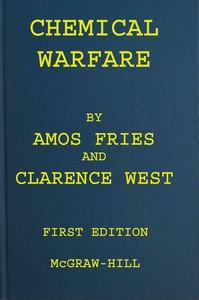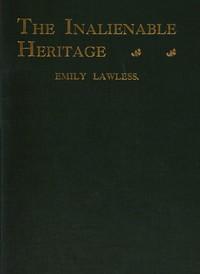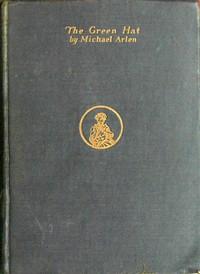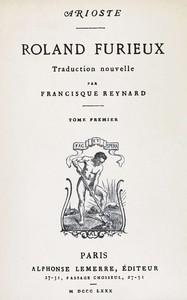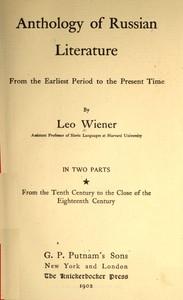|
|
Read this ebook for free! No credit card needed, absolutely nothing to pay.Words: 155575 in 40 pages
This is an ebook sharing website. You can read the uploaded ebooks for free here. No credit cards needed, nothing to pay. If you want to own a digital copy of the ebook, or want to read offline with your favorite ebook-reader, then you can choose to buy and download the ebook.

: Chemical warfare by Fries Amos A Amos Alfred West Clarence J Clarence Jay - Gases Asphyxiating and poisonous War use@FreeBooksMon 08 Apr, 2024 CHEMICAL WARFARE THE HISTORY OF POISON GASES The first recorded effort to overcome an enemy by the generation of poisonous and suffocating gases seems to have been in the wars of the Athenians and Spartans when, besieging the cities of Platea and Belium, the Spartans saturated wood with pitch and sulfur and burned it under the walls of these cities in the hope of choking the defenders and rendering the assault less difficult. Similar uses of poisonous gases are recorded during the Middle Ages. In effect they were like our modern stink balls, but were projected by squirts or in bottles after the manner of a hand grenade. The legend is told of Prester John , that he stuffed copper figures with explosives and combustible materials which, emitted from the mouths and nostrils of the effigies, played great havoc. "The great Admiral Lord Dundonald--perhaps the ablest sea captain ever known, not even excluding Lord Nelson--was also a man of wide observation, and no mean chemist. He had been struck in 1811 by the deadly character of the fumes of sulphur in Sicily; and, when the Crimean War was being waged, he communicated to the English government, then presided over by Lord Palmerston, a plan for the reduction of Sebastopol by sulphur fumes. The plan was imparted to Lord Panmure and Lord Palmerston, and the way in which it was received is so illustrative of the trickery and treachery of the politician that it is worth while to quote Lord Palmerston's private communication upon it to Lord Panmure: "LORD PALMERSTON TO LORD PANMURE "Inasmuch as Lord Dundonald's plans have already been deliberately published by the two persons above named, there can be no harm in now republishing them. They will be found in the first volume of 'The Panmure Papers' and are as follows: "' "'BRIEF PRELIMINARY OBSERVATIONS "'It was observed when viewing the Sulphur Kilns, in July, 1811, that the fumes which escaped in the rude process of extracting the material, though first elevated by heat, soon fell to the ground, destroying all vegetation, and endangering animal life to a great distance, and it was asserted that an ordinance existed prohibiting persons from sleeping within the distance of three miles during the melting season. "'An application of these facts was immediately made to Military and Naval purposes, and after mature consideration, a Memorial was presented on the subject to His Royal Highness the Prince Regent on the 12th of April, 1812, who was graciously pleased to lay it before a Commission, consisting of Lord Keith, Lord Exmouth and General and Colonel Congreve , by whom a favorable report having been given, His Royal Highness was pleased to order that secrecy should be maintained by all parties. "' DUNDONALD "'7th August, 1855' "'MEMORANDUM Free books android app tbrJar TBR JAR Read Free books online gutenberg More posts by @FreeBooks
: The inalienable heritage and other poems by Lawless Emily Sichell Edith Author Of Introduction Etc - English poetry Irish authors@FreeBooksMon 08 Apr, 2024

: The green hat by Arlen Michael - Love stories; Great Britain Social conditions 20th century Fiction; Europe Social conditions 20th century Fiction@FreeBooksMon 08 Apr, 2024
|
Terms of Use Stock Market News! © gutenberg.org.in2025 All Rights reserved.

